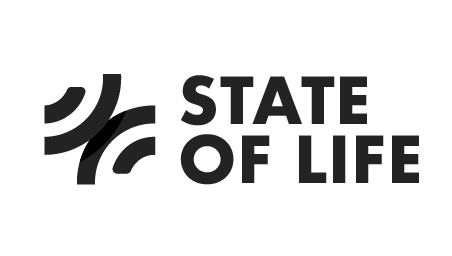The Power of Events: Introducing the Belong Social Value Estimator
by Dr. Allan Little, Chief Economist at State of Life
We know that participating in community activities improves lives. But smaller, local projects are often the least able to demonstrate value for money - they don’t have the budget for economic research.
Introducing the Belong Social Value Estimator - a free, easy-to-use tool designed to help community organisations measure the wellbeing impact of their events and activities.
How it works
The estimator is powered by State of Life’s analysis of large-scale, nationally representative data from Understanding Society, one of the UK’s flagship social surveys. We’ve also drawn from best-in-class published research:
For events, we use London School of Economics estimates of how much people would be willing to pay for a short-term boost in happiness.
For volunteering, we use estimates from the Department for Culture, Media and Sport.
This allows us to estimate how different types of community participation - from weekly dance classes to local arts festivals - are associated with higher life satisfaction.
Training videos within the app walk users through the basics of social value estimation and offer practical tips for improving the quality and credibility of your assessments.
Built with communities, for communities
We developed the tool in partnership with two brilliant members of the Belong Network:
Springboard Opportunities in Northern Ireland, who estimated the value of the Our Lives, Our Legacy project - watch their case study, using the app, on YouTube here.
Jack Drum Arts in County Durham, who used it to assess their Crook Winter Light Parade - watch here
They road-tested the tool and helped us improve the design, to make it user-friendly. And we think they offer two fantastic, real-world examples, showing how best to use the Estimator.
Tools, training, and trust
We’re grateful to the Belong Network for commissioning this work, and to Spirit of 2012 for funding it. There’s a huge amount of vision - and perhaps some courage - in being one the first organisations to truly democratise social value estimation.
We’re placing trust in people using the tool to use it responsibly. That’s why we’ve built in training support and designed the estimator with clear "guardrails", helping ensure it’s used in the spirit intended.
We think it’s ideal for any project looking to improve internal planning, casemaking, or low-stakes impact evaluation. For higher-stakes work - such as major funding bids or published evaluations - we’d still recommend seeking professional support and independent validation. Even with pro support, the tool massively reduces the cost of producing credible social value estimates, when compared to commissioning a one-off impact report.
Need something more tailored?
The Estimator might already meet your needs. But if your project requires a more bespoke model, do get in touch. We’ve built apps for others, including:
Value FC, for the Essex FA - helping clubs across the county demonstrate their social value, raise funding, and protect playing fields. This app uses football-specific research.
House of Good: Local, for the National Churches Trust - supporting churches to make the case for investment in their buildings. We estimate the value of preventative services like foodbanks, youth groups, mental health, and drug and alcohol support.
Our affordable tech works because it’s rooted in years of experience, pioneering wellbeing economics. So, the next time you’re budgeting for your next impact report, with a short shelf life, consider investing in your own app instead.
What’s next?
Wellbeing values help us estimate what social benefit community participation creates. But they don’t always tell us why. What are the pathways through which our life satisfaction improves?
For the Belong Network, community cohesion is the key. So they asked us: how much of the uplift in wellbeing from community activities might be associated with higher levels of trust and belonging?
We’ve developed a novel answer to explore this question, using a technique called mediation analysis, borrowed from psychology and health economics. The findings are embedded in the estimator, and we’ll share more in our next blog.

